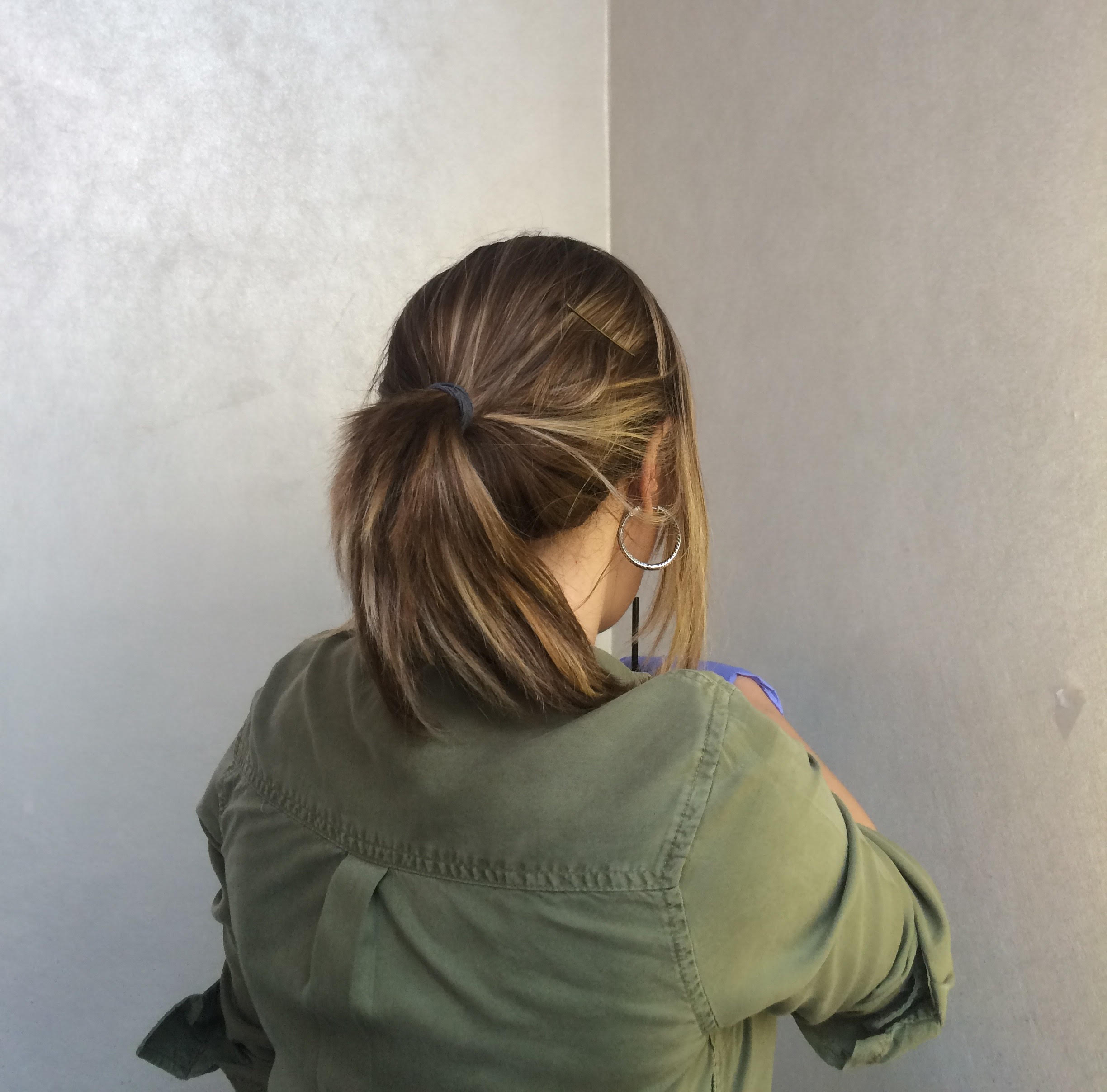HOW TO EFFECTIVELY COMMUNICATE WITH YOUR COLORIST
Congratulations! You just got a new wig. Its beautiful texture compliments your features perfectly but your hairstylist recommends adding a little color to the wig.
Adding a root to your wig makes your wig look very natural. A root is a darker color that starts at the base of the hair. For those who like a conservative look we recommend a shadow root (a root that is a ¼”) to mimic the natural progression that hair takes after it has been colored. This isn’t a wild look; it works well even for the most conservation styles. Roots can be as long as chin length- but that a more trendy look.
But what about adding highlights? Highlights add dimension and emphasis a beautiful cut, even going up or down half a level will give the wig a component that a mono color won’t give. We love the mono-color looks too; there are those that look beautiful in mono colored wigs as well.
So what happens if you ask for honey blonde, golden blonde, caramel highlights or sun kissed color?
There are so many times a day were we describe something one way while someone else refers to the same thing in a different way. For example, a shirt can be described as a blouse or a top. A cookie can be referred to as a treat or snack. There are many things that one person says that to another might be mean something completely different.
When communicating a style or a color to your hairstylist asking for “honey blond highlights” or “golden highlights” are not an effective method to getting the right results. Your interpretation and a stylist’s interpretation can be completely different. Using the term “streaky” or “highlights that pop” mean different things to different people, and you may be setting yourself up for disappointment.
Follow these guidelines for clear communication between you and your colorist.
Bring Pictures
If you are flexible about the results one photo may be enough to help the colorist understand the overall look you are trying to achieve. If you are particular you’ll want a few photos to help the colorist understand exactly what you’re looking for.
Bring a Color Swatch
A color swatch will be so much more effective than a picture. A picture will show the style you are looking for but a color swatch will leave no guesswork. Even better, bring a wig sample with the exact colors and look you want.
Final Touchups
After the color is finished don’t be scared if it’s not yet perfect. Like tailoring a garment you may need a final fitting. It’s similar with color; you may need some final touchups. This will give the wig a perfect finished look.
As you wear the wig for years to come (yes, your Freeda will be with you for years!), color trends will change. Your Freeda wig, made of virgin European hair, will have no problem taking color and you can have fun changing the look as the fads change.






